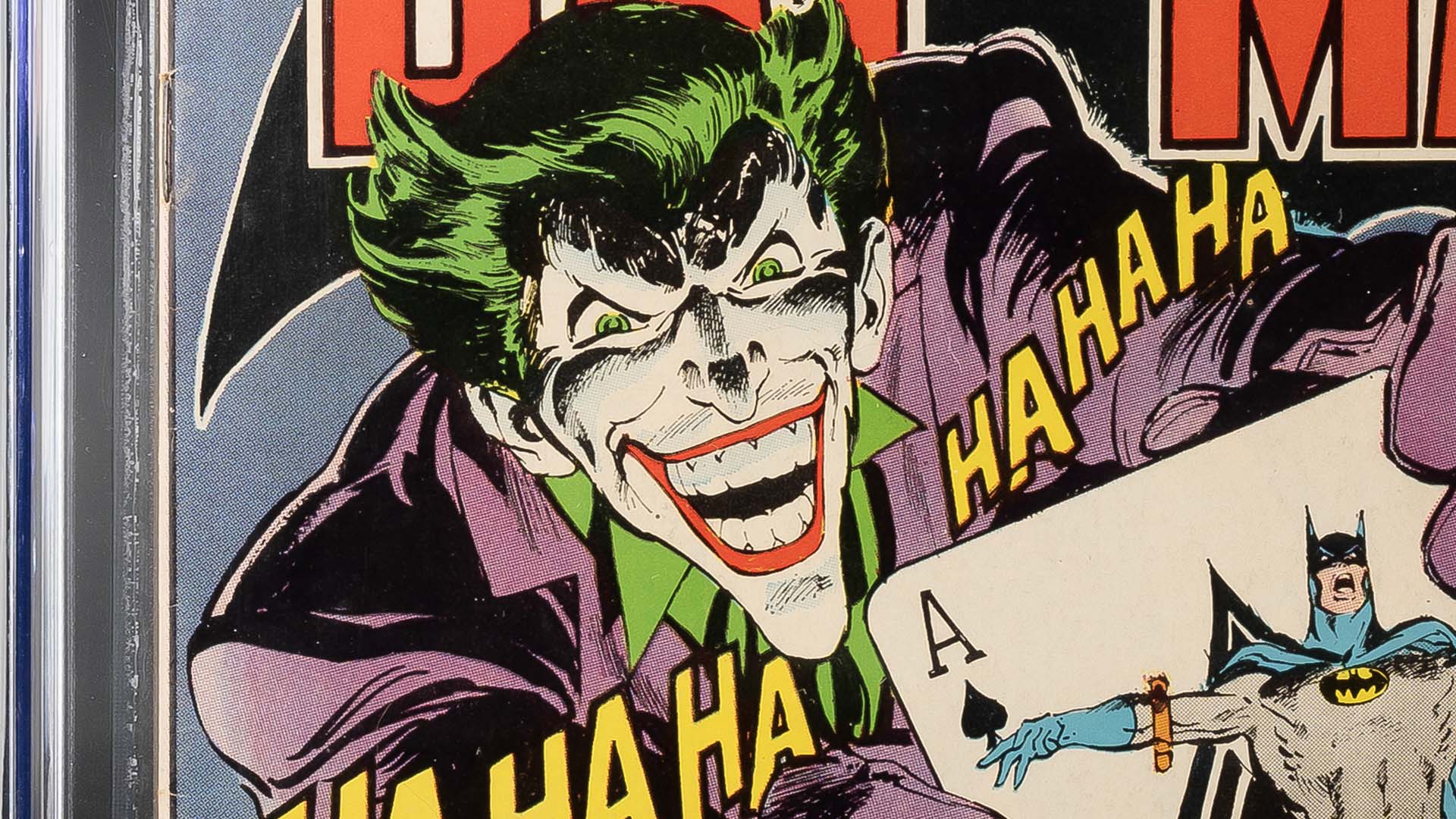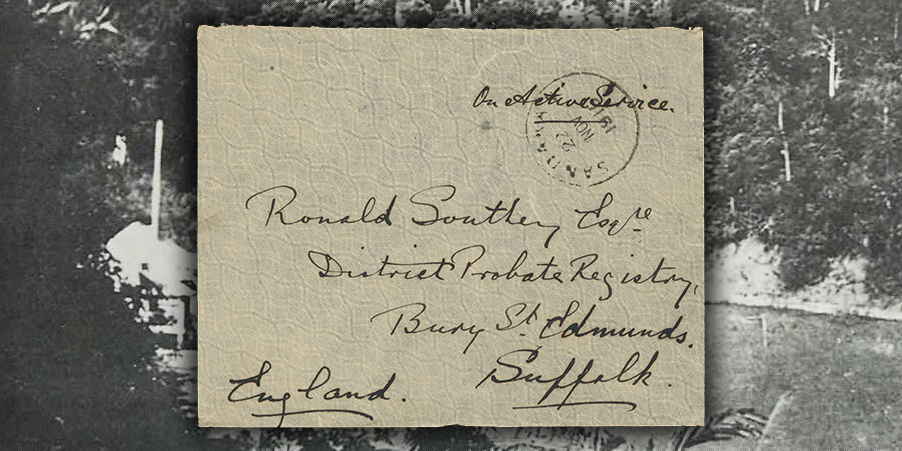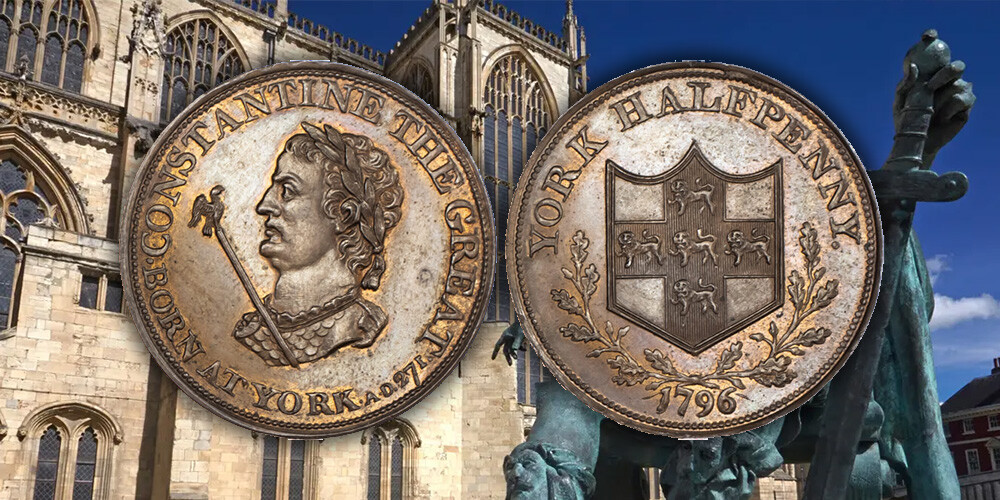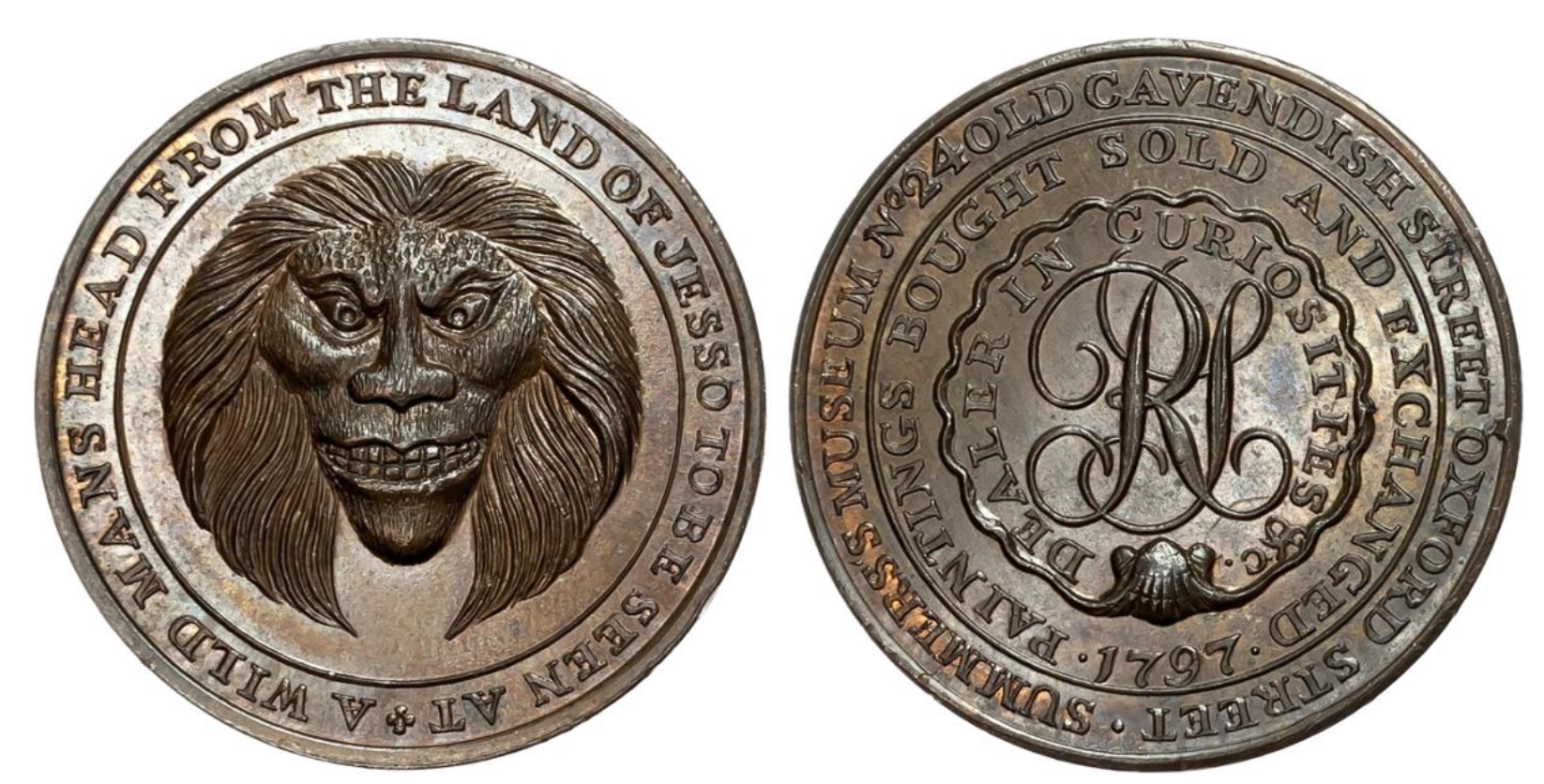In the 1790s there was no official small copper change in the country. Britain was at war with France and the price of copper had risen, causing the regal issue to ‘vanish’. This caused tremendous hardship for small merchants and shop keepers throughout the country, unable to conduct the everyday transactions of selling small goods without change. The Crown was busy with the war and any ‘unofficial’ production of coin of the realm would be seen as forgery – punishable by hanging. Eventually a Welsh mining company hit upon the idea of turning their copper straight into pennies and halfpennies, calling them ‘tokens’ that were redeemable in official coin – thus avoiding the threat of being accused of forgery. As they were the correct weight, no one bothered to change them and in the space of a year, merchants in every town in England had begun issuing their token pence.
A copper penny dated 1799, showing two horses passing the winning post, is a very apt design for a token of Newmarket, bearing in mind the tradition of horse breeding and racing that the town has. This penny, issued by the diesinker William Wyon in in 1799, commemorates the closely contested race between ‘Hambletonian’ owned by Durham landowner Sir Henry Vane-Tempest, ridden by Frank Buckel and ‘Diamond’ owned by local horse breeder Joseph Cookson, ridden by Dennis Fitzpatrick.
The race took place at the Beacon course on the 25th of March (not the 26th as on the token!) with a prize of 3,000 guineas. Both horses, born in 1792, were regarded equally but Hambletonian was just the favourite at odds of 5 – 4. After an eight-and-a-half-minute race (again, incorrectly recorded on the token) Hambletonian just won by half a neck as can be seen on the obverse of the coin, with the winning post in the background. Hambletonian, with his owner Sir Henry, was painted in the following year by Master equestrian painter George Stubbs, and this picture now hangs at Mount Stewart in County Down.
Almost all coppers minted in the last decade of the 18th Century were privately issued tokens, due to a lack of official small change. They were highly collected at the time and it is most likely that this particular issue was made for collectors rather than change – although it could always be passed on as a penny, if the need arose.
This exceptional token will feature in the upcoming Baldwin’s Auction House sale of British 18th Century Tokens, taking place on Monday 7 October 2024. The lot – Lot 327 – is estimated to sell for £600-700. Providing a marvellous window into this last decade of the eighteenth century, the collection represents many British counties as well as throwing colour on the usage of coinage across countless commercial industries and enterprises of the time. For ten years, it was a truly a coinage ‘of the people, by the people, for the people’.
The British 18th Century Token sale, comprised of two parts, will bring to sale over 600 items from three excellent collections, including the collection of Paul Gerrie. The Gerrie lots (1 – 318) are in exceptional condition and are not just uncirculated but also exhibit much original lustre or beautiful toning with brilliance or iridescence. Some were once encapsulated and graded by PCGS and NGC – and in most cases achieved scores of 64 and above. In the second section are yet more tokens in superb condition, including some extreme rarities. Many are ex Cokayne, Drury and Longman, and many more will have come from Baldwins in the last century.



